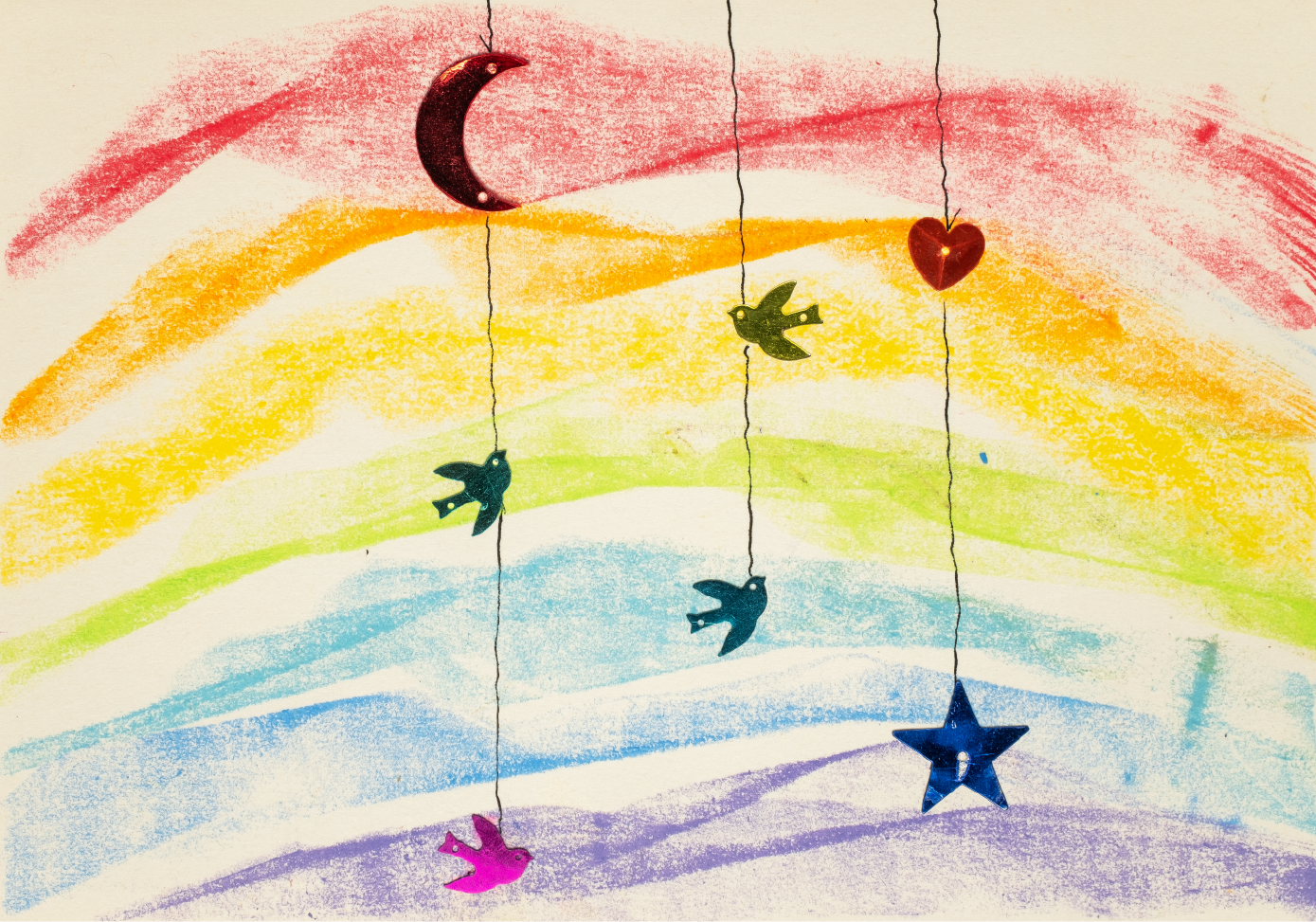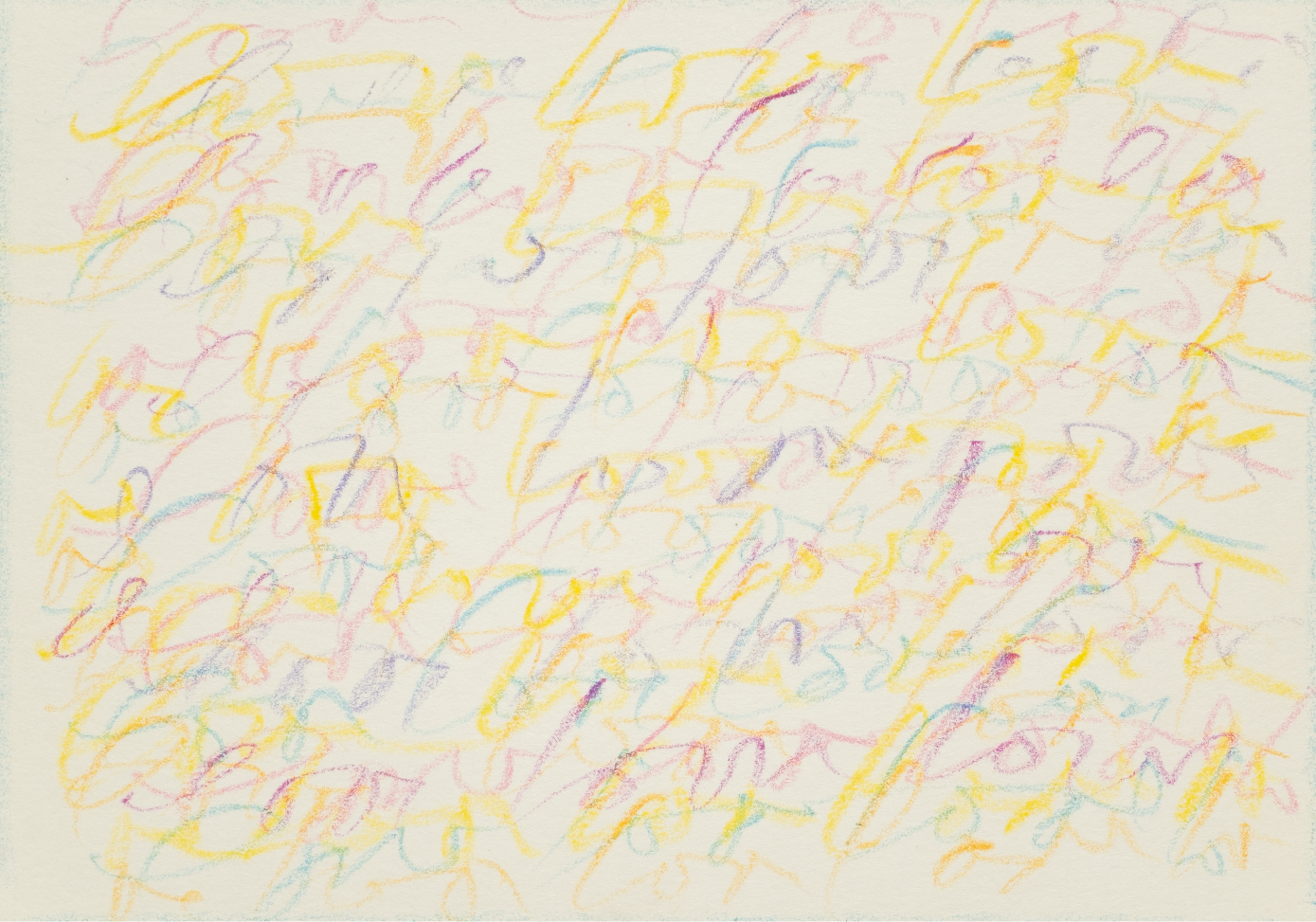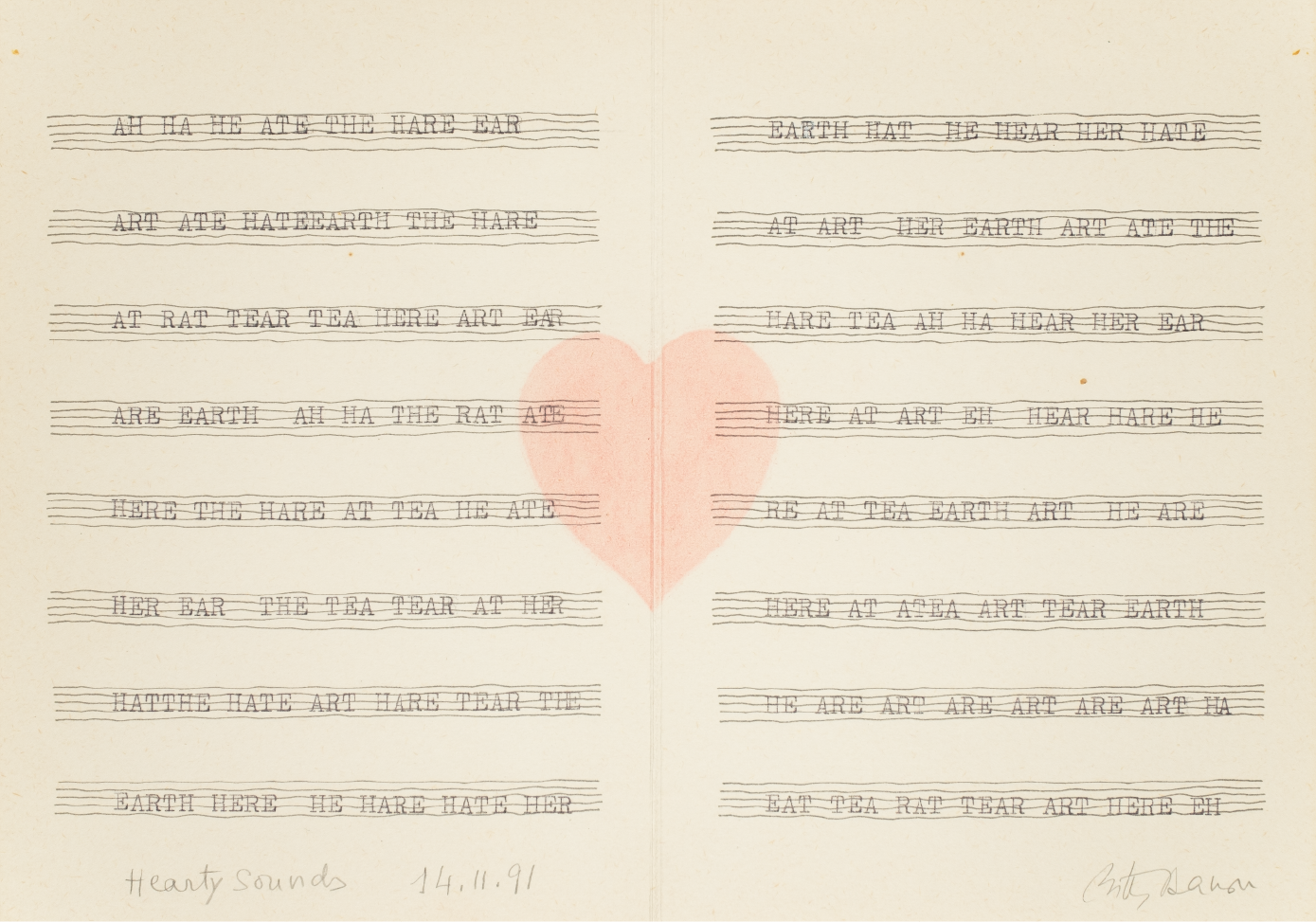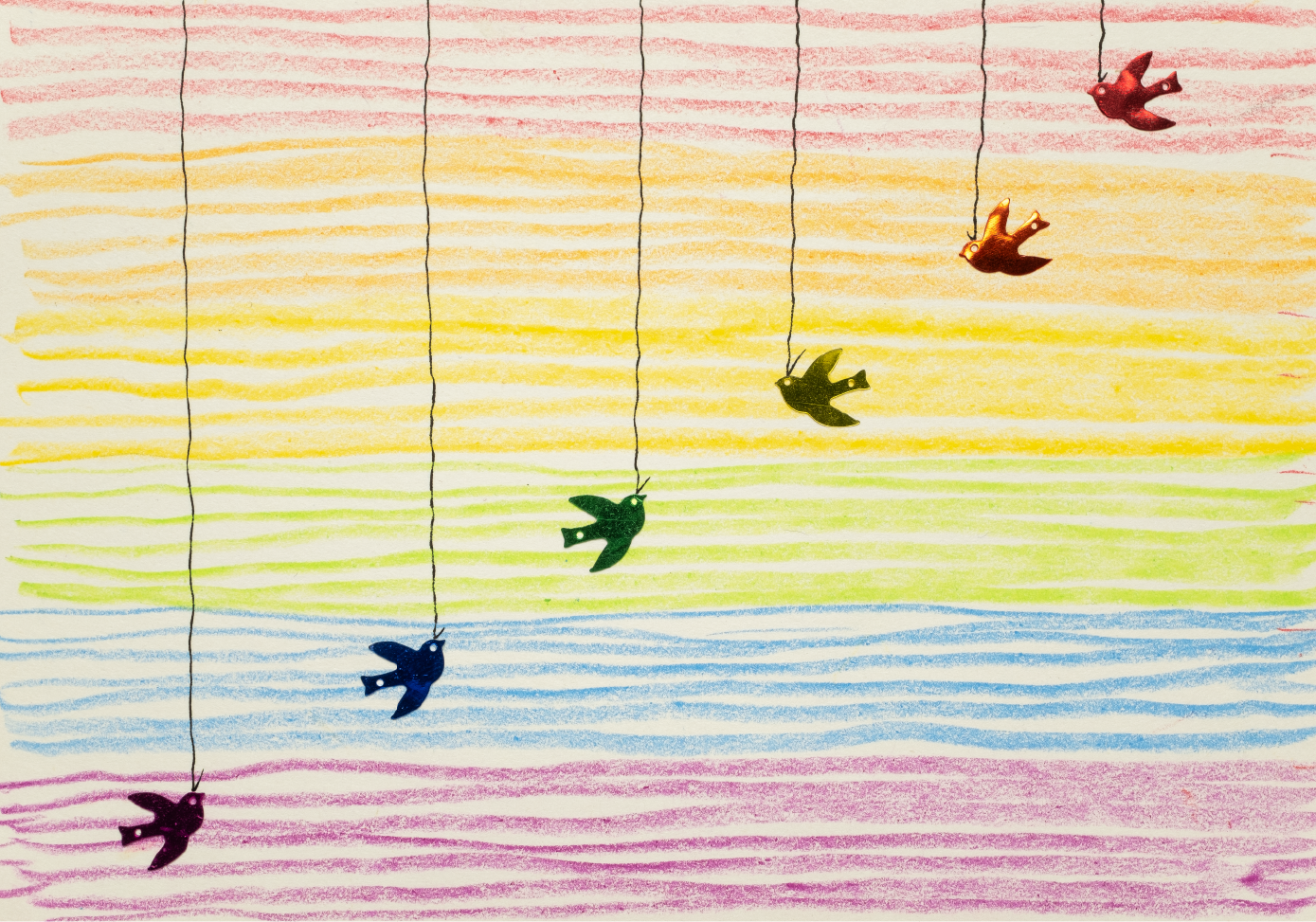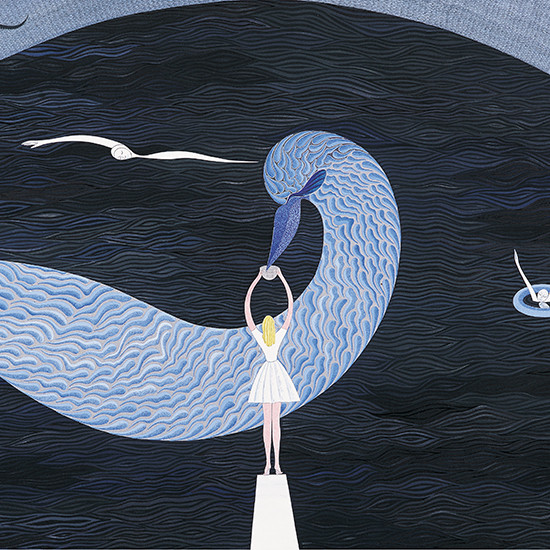Galeri Nev is preparing to host Betty Danon from April 4 to 26. Born in Istanbul in 1927 as “Beki,” she studied miniature painting and jewelry design there. Later, she married Italian printer Maurizio Danon and moved to Milan with him in 1956, where she would live until her passing. She changed her name to Betty and took her husband’s surname.
Recognized as an “Italian” conceptual artist, Danon initially focused on sounds and signs, inspired by her deep interest in Jungian thought and Eastern philosophy, which she had been exposed to from an early age. In her early works, she explored the circle and the square, reducing them to their simplest forms—point (punto) and line (linea)—and even further to light and shadow. These explorations later evolved into works reflecting the notes of “nonexistent” music and the musicality of rhythmic signs. By doing so, she “disrupted” or redefined the relationship between painting and writing. For Danon, who sometimes worked with invisible ink, “legibility” gave way to visual poetry.
Her works were invited to the Venice Biennale in 1978 and 1980. After holding numerous exhibitions in Italy, she voluntarily distanced herself from traditional art circles in the early 1980s and continued to create and distribute her work through “mail art.” She added “rainbow” letters, written to comfort an unwell acquaintance, to her own alphabet of dots and abstract notes. The artist workshops she established during this period attracted both professional and amateur women artists, creating a space for them to develop their work in solidarity.
Betty Danon primarily worked with a typewriter but, from 1989 onwards, also produced works using a computer. She treated keyboard letters or even the simplest programs on the Macintosh’s iconic “cube” as her brush or paint. Today, she is considered one of the earliest and most significant figures in this field, with her works displayed in museums worldwide. Her use of the typewriter and computer was also driven by her desire to free her works from “uniqueness.” Her visual poems were sometimes compiled into handmade books, published in important magazines of the time, and are now preserved in major contemporary art archives. The largest collection of her works is in Italy at the MART Museums in Trento and Rovereto. Additionally, she is represented in the Rare Books Library at Ohio State University, the Poetry Collection at New York State University, and the Sackner Archive.
For its April exhibition, Galeri Nev plans to focus on Danon’s extensive body of work, particularly her “Rainbow Land” series. Initiated in 1976 as a representation of an alternative country and different possibilities in life, this series is being revisited on its fiftieth anniversary. The exhibition invites viewers to listen to the absurd, magical, and mythical temporal and spatial alternatives within this body of work. It also grandly showcases Danon’s transformation of colors into a form of writing. Through rainbow maps, the “citizens” of Rainbow Land, and postcards sent from this imagined place, the exhibition aims to create a “non-place” that erases time and space. By doing so, it reveals the “colors” embedded in the depths of both cultures that shaped Danon—an artist sometimes considered Turkish, sometimes Italian—who was born in Istanbul.
Betty Danon
Rainbowland
Galeri Nev
